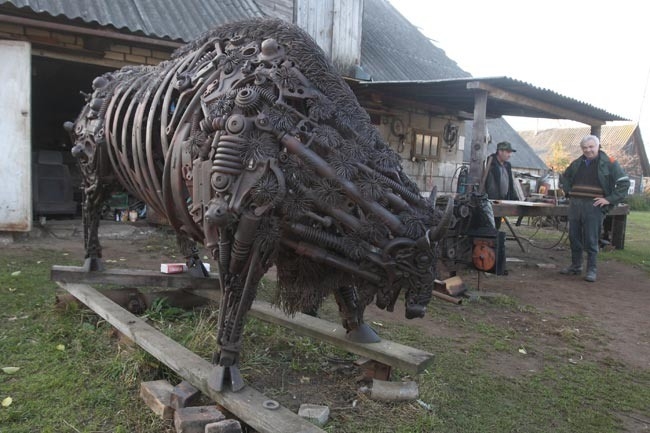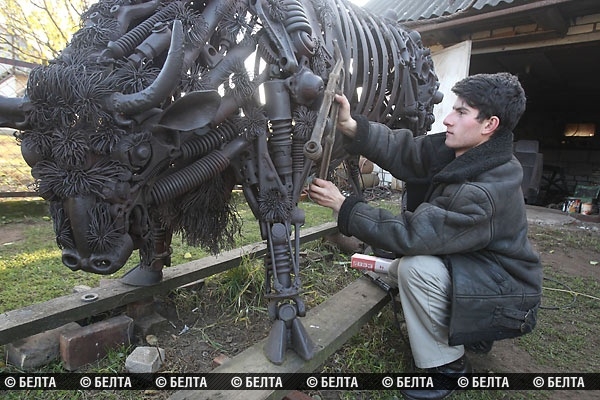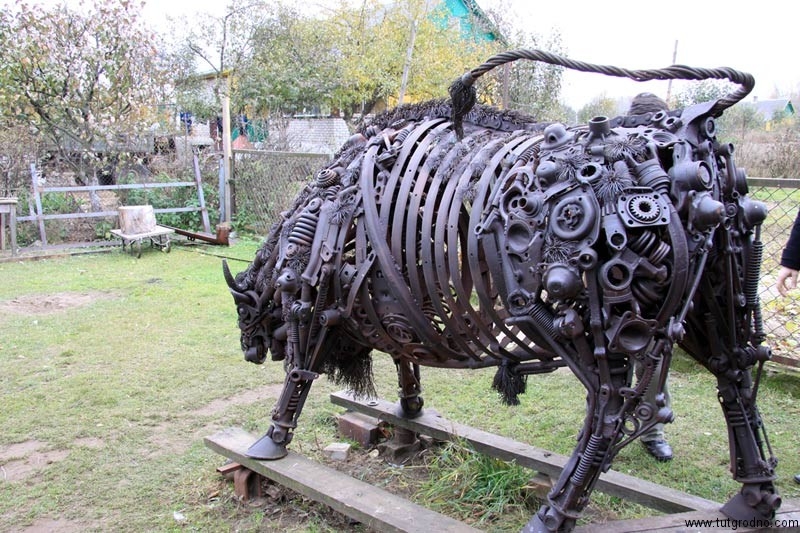1/Mushrooms

Many mushroom species produce secondary metabolites that can be toxic, mind-altering, antibiotic, antiviral, or bioluminescent. Although there are only a small number of deadly species, several others can cause particularly severe and unpleasant symptoms. Toxicity likely plays a role in protecting the function of the basidiocarp: the mycelium has expended considerable energy and protoplasmic material to develop a structure to efficiently distribute its spores. One defense against consumption and premature destruction is the evolution of chemicals that render the mushroom inedible, either causing the consumer to vomit the meal (see emetics), or to learn to avoid consumption altogether. In addition, due to the ability of mushrooms to absorb heavy metals, including those that are radioactive, European mushrooms may, to date, include toxicity from the 1986 Chernobyl disaster and continue to be studied.
To prevent mushroom poisoning, mushroom gatherers need to be very familiar with the mushrooms they intend to collect as well as with any similar-looking toxic species. In addition, edibility of mushrooms may depend on methods of preparation for cooking. Collectors also need to be well aware that edibility or toxicity of some species varies with geographic location.
2/Cherries

Cherries are definitely one of the most versatile fruits. You can eat them raw, cook them, bake them, and get them tart or sweet. Cherries can even be used in certain types of liquor. Despite their overall red goodness, cherries are toxic. If you’ve ever eaten a cherry and without thought chewed on the pip or left it in your mouth, you more than likely introduced hydrogen cyanide into your body. If a cherry pip is chewed, crushed, or somehow damaged, it automatically produces hydrogen cyanide. Symptoms of mild poisoning include headache, dizziness, confusion, anxiety, and vomiting. Larger doses can lead to difficulty breathing, increased blood pressure and heart rate, and kidney failure. Reactions can include coma, convulsions, and death from respiratory arrest. There are several treatment options, but the main thing is to limit the absorption of the chemicals from the seeds. Basically, this means it’s important to seek immediate medical attention if a child or pet is known to have eaten several seeds. Usually, the plan of action is to pump the stomach or induce vomiting. Antidotes are available, but they are somewhat controversial. They naturally occur in several foods. However, if you were wondering whether or not it’s true that the seeds and pits are toxic and potentially lethal… yes, apple seeds and cherry pits are poisonous.
3/Rapeseed oil

Canola oil now has been shown to be a very heavy abuser of tocopherols or vitamin E, with the potential for rapidly depleting a body of the important vitamin. The researchers did not know what factors in the canola oil were responsible. They reported that other vegetable seed oils did not appear to cause the same problem in piglets.
4/Rice

Professor Andrew Meharg, a biogeochemist at Aberdeen University who has studied the presence of arsenic in rice, said the latest research highlighted the urgent need for new restrictions on arsenic and other toxic elements in food.
He said: “For an adult with an average consumption of rice every day, it makes little difference, but for young babies who are the most vulnerable receptors we should be doing everything we can to reduce that risk. You don’t want DNA damage during infant development.
“There are ways to decrease the toxic load in food. It is only recently that we have started using rice in baby foods and formulas. You can reduce the arsenic in infant foods very rapidly by sourcing the rice from different parts of the world. You can reduce it by four or five fold by carefully selecting the right rice.”
5/Nutmeg

The nutmeg tree is any of several species of trees in genus Myristica. The most important commercial species is Myristica fragrans, anevergreen tree indigenous to the Banda Islands in the Moluccas of Indonesia, or Spice Islands. The nutmeg tree is important for two spicesderived from the fruit, nutmeg and mace.Nutmeg contains a substance called myristicin, a narcotic with very unpleasant toxic side effects if taken in large quantities. Ingestion of small amounts of nutmeg is harmless to the body, however the consumption of 1 to 3 whole nutmegs (in excess of 1 teaspoon ground) can cause wild hallucinations, nausea, vomiting, and/or circulatory collapse within 1 to 6 hours after ingestion. Very large doses can be fatal.
6/Non-organic apples

Non organic apples are doused in pesticides more than any other fruit. Toxins from pesticides can remain in your body and build up in your liver, causing symptoms as mild as fatigue and as serious as liver damage and death. Buy organic apples, or be sure to peel the skin off your conventional apples before eating them.To minimise health risks, try to buy organic apples wherever possible, or at least remove the skin before eating.
7/Farmed salmon

A study of more than two metric tons of North American, South American and European salmon has shown that PCBs and other environmental toxins are present at higher levels in farm-raised salmon than in their wild counterparts. Researchers at Indiana University and five other research centers say increased toxin levels in farm-raised salmon may pose health risks to people who eat the economically important fish. Their study, which appears in this week’s (Jan. 9) Science, is the most comprehensive analysis to date of salmon toxin concentrations.
8/Microwave popcorn

Microwave popcorn is one of America’s favorite couchside snacks, but the butter flavor is raising questions about whether the crunchy treat could be dangerous to something other than the waist.
However, some doctors and consumer groups have been concerned that a chemical used to give microwave popcorn its tasty butter flavor may pose a serious health hazard.
The chemical is called diacetyl, and it’s used in the production of microwave popcorn, but it has also likely led to scores of factory workers developing a severe lung condition. Diacetyl occurs naturally in some foods, including butter and many dairy products, fruits, wine andbeer. It’s reportedly used in “thousands” of food products to add or increase butter flavoring.
9/Potatoes

The potato is a starchy, tuberous crop from the perennial Solanum tuberosum of the Solanaceae family (also known as the nightshades). The word potato may refer to the plant itself as well as the edible tuber.
A glycoalkaloid poison found in species of the nightshade, solanine is a nerve toxin produced in the green part of the potato (the leaves, the stem, and any green spots on the skin). This bitter poisonous crystalline alkaloid is part of the plant’s defenses against insects, disease, and predators. Potato leaves and stems are naturally high in glycoalkaloids, so ingestion of these parts of the plant must be avoided at all costs.
10/Peanuts

Peanuts are a food with an identity crisis. It is a type of plant with seeds that grow inside pods such as peas or beans. peanuts are one of the most common food allergens. peanuts are high in polyunsaturated fatty acids, they form toxic transfatty acids when exposed to heat, air, or light as they age. If peanut butter smells stale or has an acrid, harsh aftertaste it is probably rancid and so discard it. To help keep peanut butter fresh, purchase it in small quantities and keep it tightly covered and refrigerated.Many southern peanut fields are crop-rotated with cotton. Cotton, a non-food crop, is plagued by the boll weevil and is treated with chemicals too toxic to be permitted on food crops. As a result, pesticides killing this year’s boll weevils will taint next year’s peanuts. Some people sensitive to commercial peanuts find that they tolerate organic peanuts.
Source


























































